OPERATIONAL TECHNOLOGY (OT) NETWORKS EXPLAINED
What is an OT Network?
An OT network, is a communications network that is used to directly control and monitor industrial equipment, processes, and assets. OT networks are distinct from Information Technology (IT) networks, which focus on information processing and communication.
OT and IT networks often share data which enhances visibility of complex processes, and improves decision making across the enterprise. When the 2 networks are integrated like this, it is referred to as IT/OT convergence.
When constructing an OT network to manage DERs and provide energy management, it is important to consider the full scope of the network. The diagram below illustrates the main elements of an OT network for energy management and control.
Simpler networks might only have a few field devices and a gateway while more complex networks will use all of the elements.
-
Touchscreen panels in enclosures that operators use to visualize and manually control processes.
-
Centralized platform to monitor and control field devices
Provides dashboards, alarms, data logging, and command interfaces
-
Communication bridge between the onsite OT network and the cloud energy management system
-
Typically, a Programmable Logic Controller (PLC)
Interprets data from field devices and issues control commands
Communicates status to upstream systems
-
Meters, breakers, relays, etc
Equipment that interacts with electricity
Key Characteristics of an OT Network
Built to support the secure operation of physical systems, OT networks prioritize deterministic behavior, resilience, and system integrity. Key characteristics include:
Security
OT networks must be protected against cyber threats that could disrupt critical processes or infrastructure. Security measures include network segmentation, protocol whitelisting, secure remote access, and real-time intrusion detection tailored for industrial systems.
Resilience and Redundancy
OT networks often feature redundant communication paths, failover systems, and rugged hardware to ensure uninterrupted operations, even in the face of failures or environmental challenges.
Deterministic Performance
Latency and jitter can compromise operational safety. OT networks are engineered for predictable, real-time communication—critical for time-sensitive control loops and automation sequences.
Protocol Diversity
Industrial networks rely on a wide range of specialized protocols—such as Modbus, DNP3, OPC UA, OCPP, IEEE 2030.5 and IEC 61850—that support device interoperability and real-time data exchange across diverse vendor ecosystems.
Long Lifetime, Short Lifecycles
OT networks are designed for stability and longevity, often remaining in place for 10–20 years. At the same time, technology is changing quickly and updates to firmware and hardware components are necessary on a much higher frequency, often every few years.
Physical and Environmental Hardening
Field-deployed components often operate in harsh environments. OT network devices are built to withstand temperature extremes, humidity, vibration, and electrical noise.
Who Builds & Maintains An OT Network?
If you need an energy management system, you need an OT network. There are many specialized roles & relationships required to ensure to ensure a robust, secure, and functional network.
Network Design Architects design the overall network topology and ensure it meets the performance and resilience needs of the operational environment.
Managed Service Providers monitor the OT Network performance and security when it is operating.
Field Technicians install and maintain physical devices such as sensors, actuators, and networking hardware.
Cybersecurity Design Specialists secure the OT environment by deploying firewalls, intrusion detection, and access control tailored to industrial protocols.
Systems Integrators implement and customize supervisory control and data acquisition systems for real-time monitoring and control.
Control Systems Engineers develop and configure PLCs, RTUs, and other control devices that automate and manage physical processes.
Equipment Providers manufacture the networking devices (routers, firewalls, switches) and the field devices (meters, breakers, UPSs, .etc)















